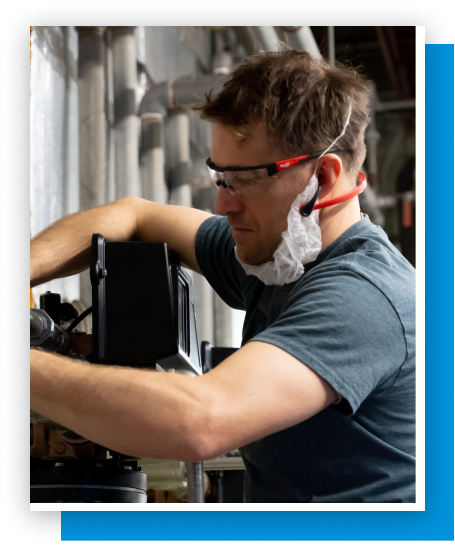It appears that your cart is currently empty

Lab water central systems
We sell ELGA systems and consumables, and also provide service on other brands.
High-purity central lab water refers to water that has undergone extensive purification to remove impurities and contaminants, making it suitable for use in laboratory applications. In scientific research, analytical testing, and various laboratory procedures, the quality and purity of water are crucial to ensure accurate and reliable results.
The process of obtaining high-purity lab water typically involves multiple purification methods to achieve the desired level of cleanliness. Some common purification techniques include:
1. **Reverse Osmosis (RO)**: This process involves passing water through a semi-permeable membrane to remove a wide range of impurities, including ions, bacteria, and large molecules.
2. **Deionization (DI)**: Also known as demineralization, this method uses ion-exchange resins to remove charged ions from the water, further reducing its conductivity and mineral content.
3. **Ultrafiltration**: This filtration method utilizes membranes with very small pores to remove particulate matter, colloids, and macromolecules.
4. **UV (Ultraviolet) Treatment**: UV light is used to disinfect the water by inactivating microorganisms such as bacteria and viruses.
5. **Electrodeionization (EDI)**: This process combines ion-exchange resins with electrochemical regeneration to achieve high-purity water continuously.
By combining these methods, laboratory-grade water can reach high levels of purity, usually expressed in resistivity or conductivity units. The most common unit used to measure the purity of lab water is megohm-cm (megaohm per centimeter) or microsiemens per centimeter (μS/cm). For example, ultrapure water may have resistivity values exceeding 18.2 megohm-cm or conductivity values below 0.055 μS/cm.
High-purity central lab water is used in a wide range of laboratory applications, such as preparing reagents, diluting samples, running analytical instruments (e.g., HPLC, GC-MS), and performing cell culture work. It ensures that the water itself does not introduce any unwanted variables that could affect the accuracy and reproducibility of experiments.
The distribution of this water is equally important, to meet flow and pressure specs, while maintaining biological levels below specs which are often quite stringent. Let us help you with a standard or customized solution to meet your needs.

Lab Water Point-of-Use and Polishers
We sell ELGA systems and consumables, and also provide service on other brands.
Point-of-use (POU) lab water systems are specialized water purification systems designed to deliver high-quality, purified water directly to specific locations within a laboratory or research facility. These systems provide a convenient and reliable source of ultrapure water for various scientific applications, avoiding the need for storage and transportation of large volumes of water.
Key features and benefits of point-of-use lab water systems include:
1. **Water Purity:** POU water systems are capable of producing different grades of purified water, such as Type I, Type II, and Type III water. Type I water is the highest quality, suitable for critical laboratory applications like molecular biology, HPLC, and cell culture, while Type II and Type III water are used for less demanding applications like glassware washing and general lab use.
2. **Cost-Effectiveness:** POU water systems can be more cost-effective in the long run compared to bulk water delivery or purchasing bottled water. They eliminate the need for external water sources, and users pay only for the water they consume.
3. **Space Efficiency:** These systems are compact and can be installed directly at the point of use, minimizing the need for large water storage tanks or containers, saving valuable laboratory space.
4. **Consistent Quality:** POU water systems provide a continuous supply of consistent water quality, ensuring reliable and reproducible results in experiments and analyses.
5. **Ease of Maintenance:** These systems are designed for easy maintenance and often have built-in monitoring features that alert users to filter changes or system issues.
6. **Reduced Contamination Risk:** Since water is purified on-site and delivered directly to the point of use, the risk of contamination during transportation or storage is minimized.
7. **Environmentally Friendly:** POU water systems reduce plastic waste by eliminating the need for single-use water bottles, contributing to a more sustainable lab environment.
POU lab water systems typically employ various purification technologies, including reverse osmosis, deionization, ultraviolet (UV) irradiation, and other filtration methods, to achieve the desired water quality. The choice of system and water quality grade depends on the specific needs and applications of the laboratory.
It's essential to regularly maintain and monitor these systems to ensure their optimal performance and the delivery of reliable, high-quality water for laboratory experiments and analyses.
AquaNinja is available to help you select a new lab system, or service an existing one.

Contact us
Supporting facilities with the efficient operation of critical high purity water systems in Montréal, Ottawa, and Québec City (and everywhere in-between) .
We look forward to sharing our expertise with you.

